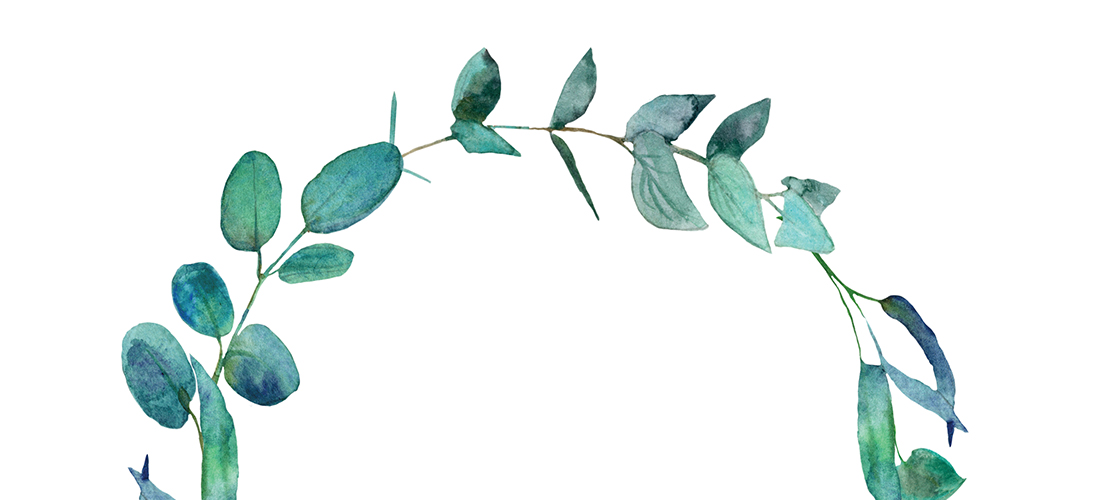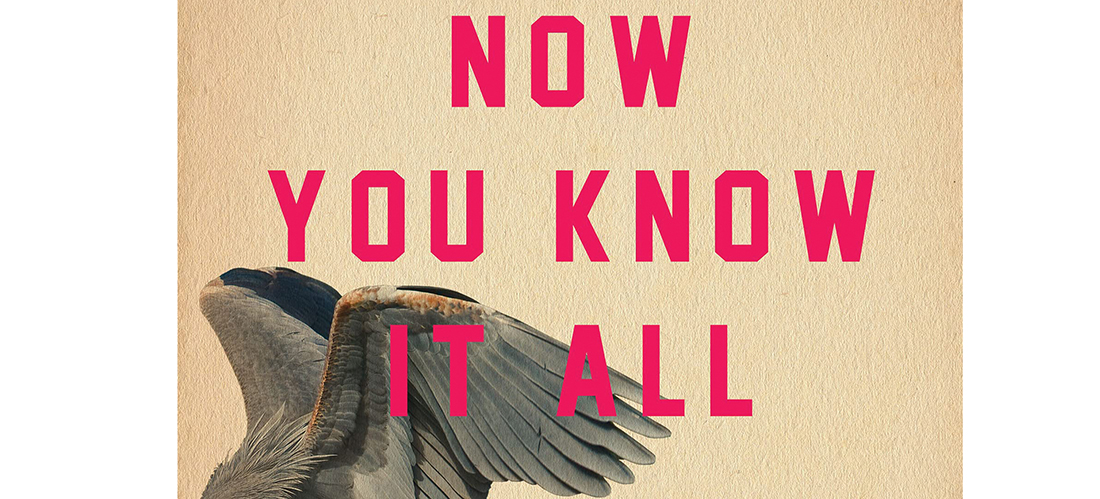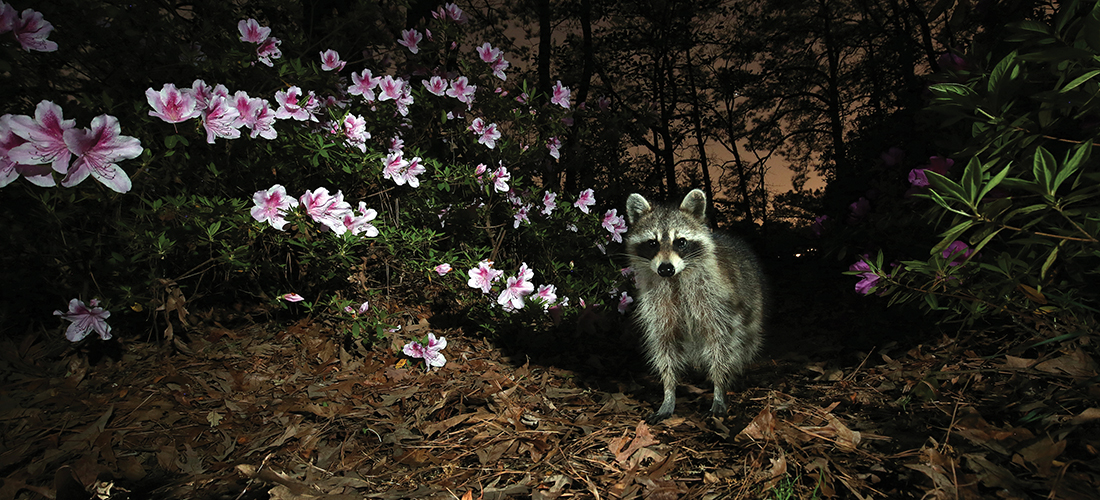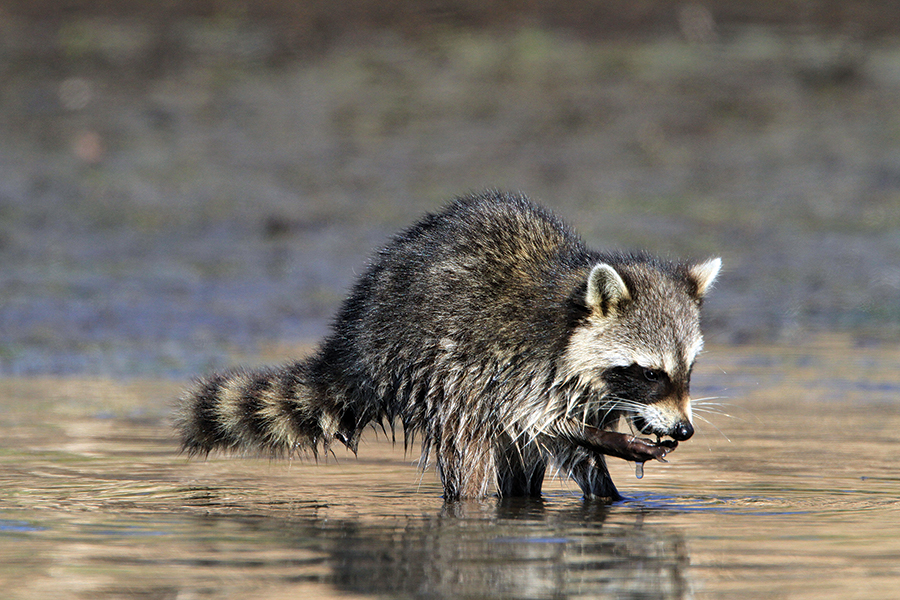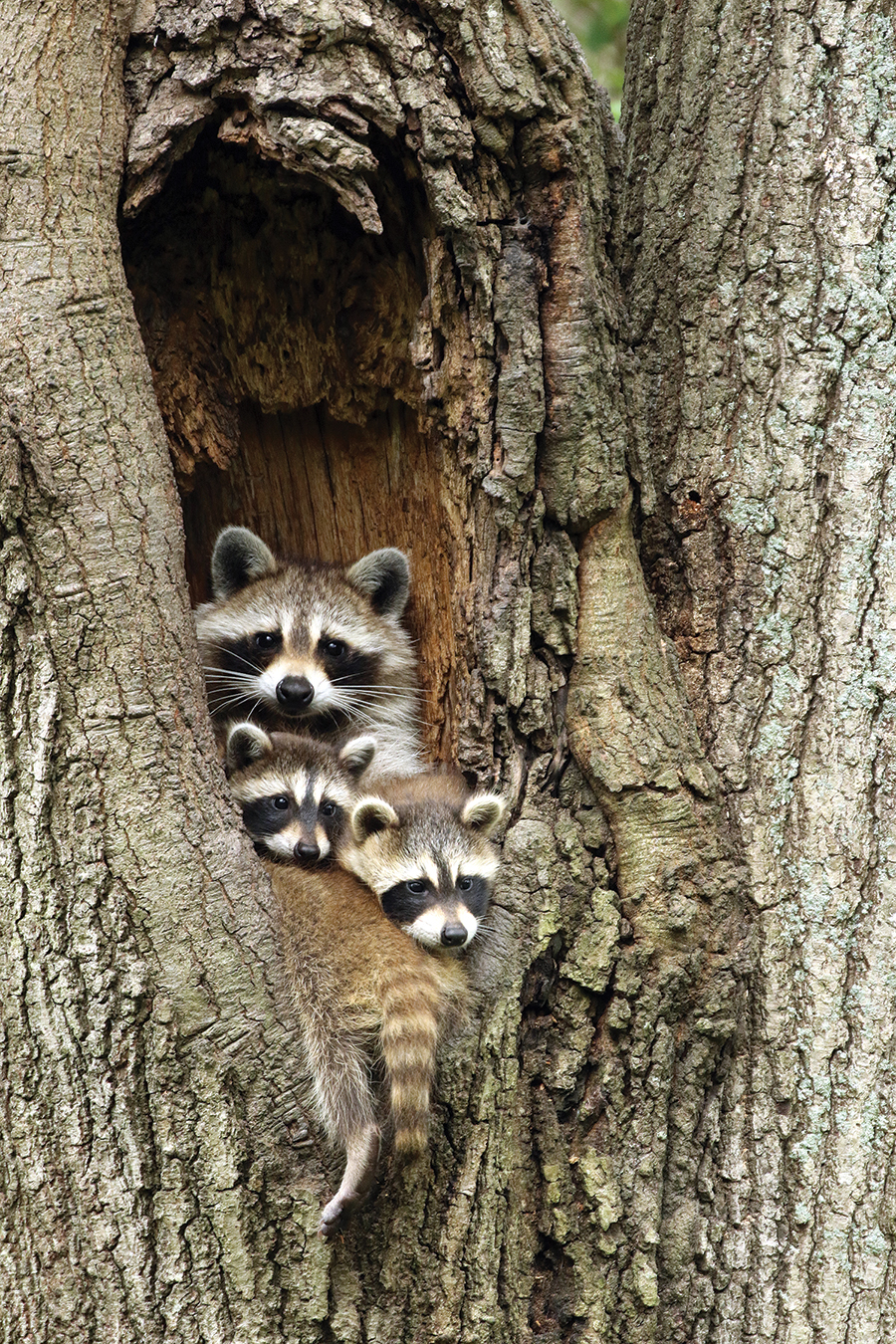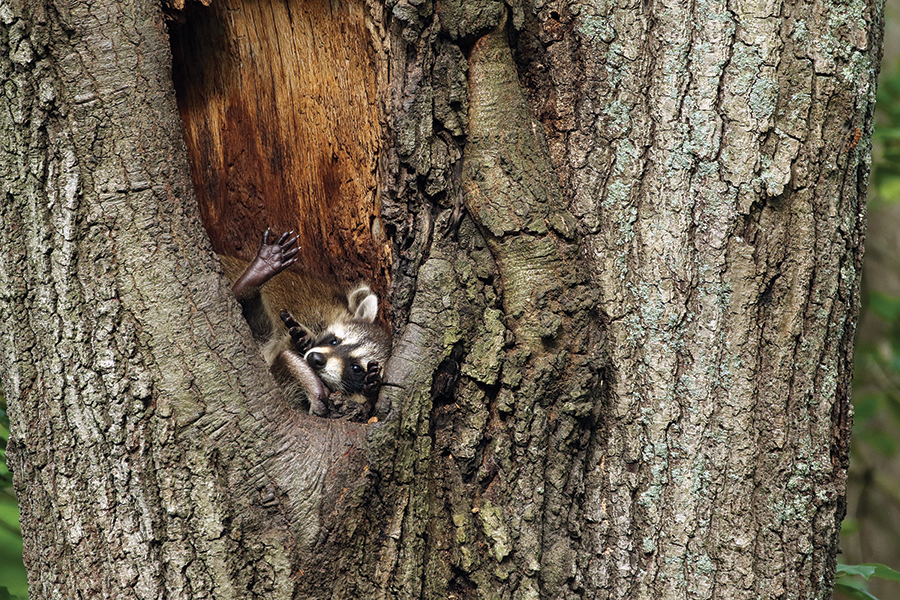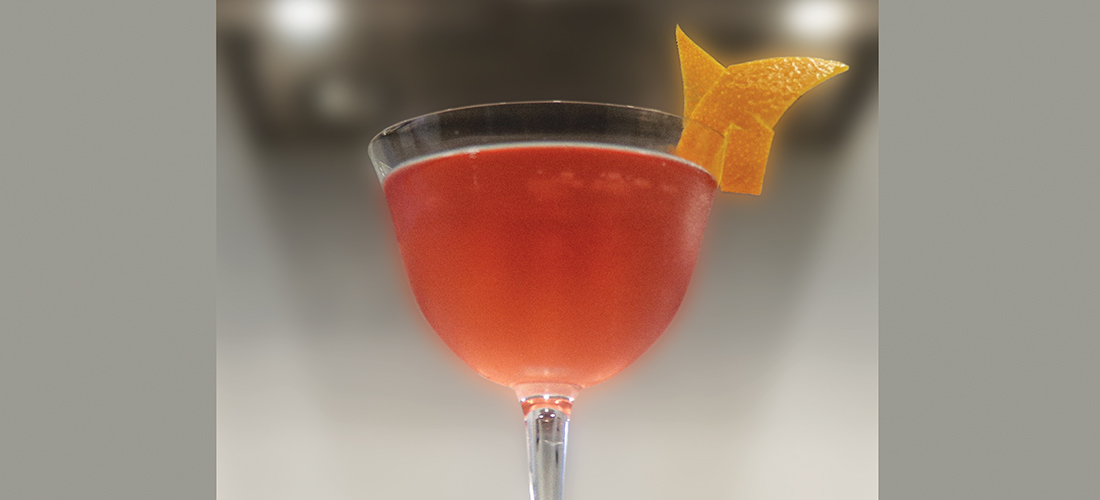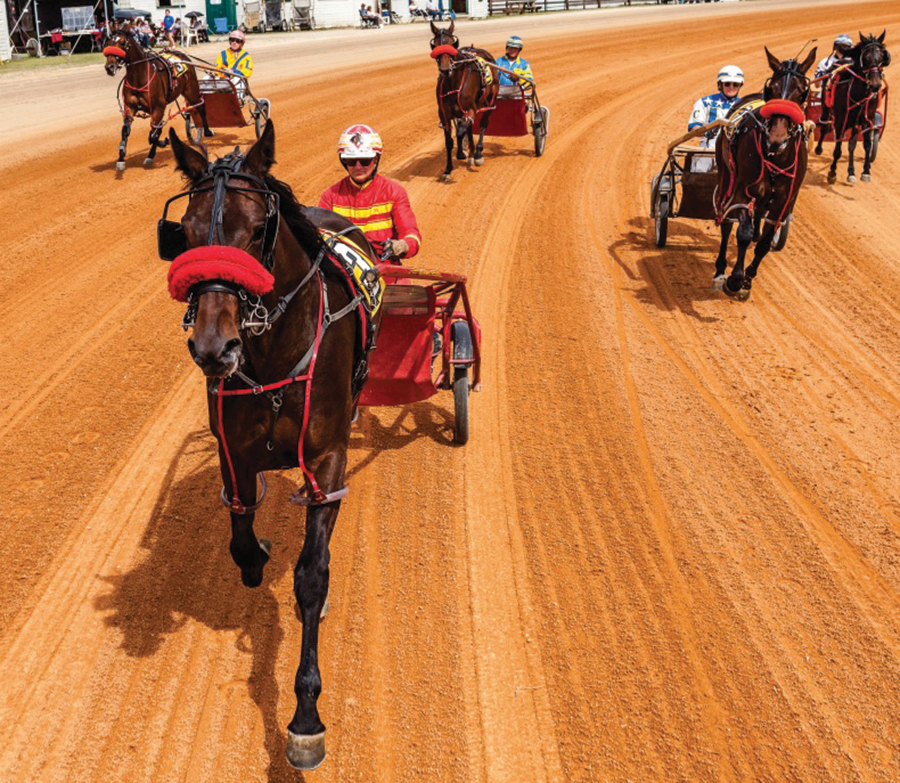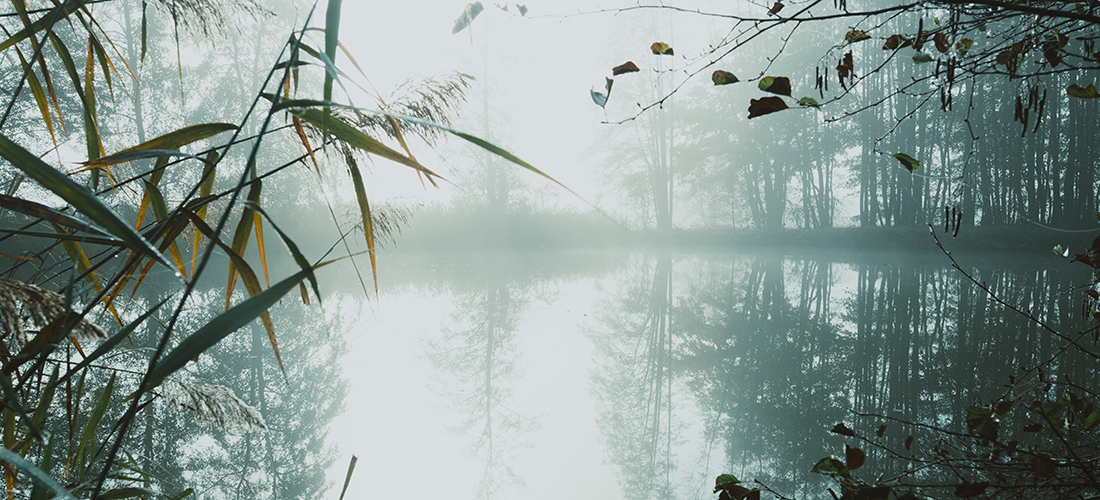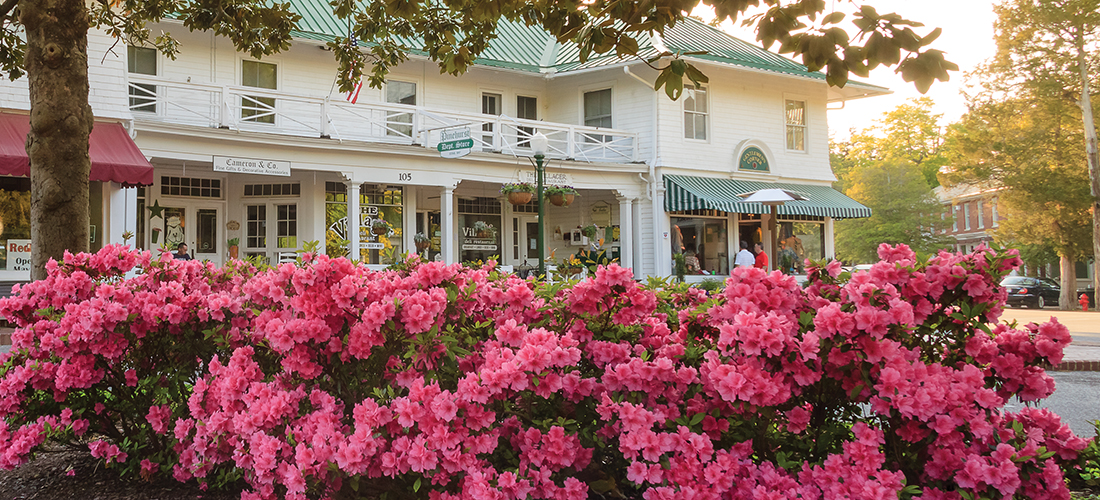Stumbling Into Happiness
When Pinehurst is the journey’s end
By Lee Pace
James Walker Tufts had no grand design on a New England-style village nor wall-to-wall golf courses when he set off from Boston in the mid-1890s. He wanted warm weather and a reasonable train ride from the snowy North to establish a winter resort, and it was by pure coincidence that he happened upon some 5,000 acres of land for sale just west of Southern Pines, the suggestion coming from a Wilmington insurance man he met on the train.
Walker Taylor, legend has it, suggested that the train station in Southern Pines might be a good starting point for Tufts. It was right on two of the nation’s major north-south transportation arteries — the railroad and U.S. Highway 1. Well, “highway” might be a bit of a stretch for the 1890s, but you get the idea. There was cheap land available, and it was halfway between Boston and Florida.
“It’s an old family story,” says Walker Taylor III. “I have no way of proving its authenticity. But my grandfather always said he directed Mr. Tufts to the Sandhills. True or false, he did get the Tufts’ insurance business. He even opened an office in Pinehurst to service Mr. Tufts.”
So, how did you stumble upon Pinehurst?
Stan Bradshaw and his wife, Jean, were living in St. Louis in 1997 when they channel-surfed across a television showing of Shell’s Wonderful World of Golf. The episode featured Arnold Palmer against Jack Nicklaus, played on Pinehurst No. 2 in April 1994. Those shows were part competition and part golf travelogue, so the Bradshaws were intrigued with the history and ambience of the golf-centric village in the North Carolina Sandhills.
“You know, we ought to look at that place,” Jean said.
Stan agreed, and soon after they booked flights, rooms and golf times for themselves and Jean’s parents. They traveled to Pinehurst in November 1997, and while the men played golf, the ladies toured the village and checked out The O’Neal School, a college preparatory school on Airport Road just northeast of Pinehurst.
Stan and his father-in-law were smitten.
“But how are you going to get Jean to move to a golf resort?” Stan’s father-in-law wondered.
“I’ll figure something out,” Stan answered.
It turns out the women were so impressed with The O’Neal School that Jean was ready to move — lock, stock and barrel. Bradshaw was in the banking, capital management and hedge fund world and could “live anywhere within an hour of an airport,” and thus had the freedom to move wherever suited the family’s interests. They joined Pinehurst Resort and Country Club, bought two lots to the right of the fourth fairway of the No. 2 course in 1999, and built a house.
“We say that the three things that got us to Pinehurst would be Jack, Arnie and The O’Neal School,” Bradshaw says.
Mark Reinemann grew up in Wisconsin and as a golfer “was always looking in the spring to travel somewhere warm for golf — typically either southwest Florida or Scottsdale,” he says. He and his wife over time came to prefer the green of the South over the brown of Arizona, though Florida wasn’t their cup of tea. He visited Pinehurst in the late 1980s, loved the experience, and was introduced to the Country Club of North Carolina through a banking client and CCNC member, Jack Schwerman.
“Jack invited us to stay at his house for a long weekend in 1988 and we just fell in love with CCNC,” says Reinemann, who served seven years on the USGA executive committee and retired from the banking business in 2016. “It was one of those ‘perhaps someday we could be a member here’ moments. Fast forward and here we are.
“We love the charm of the area, the slight change in seasons, the grace and style of the people who live here and, of course, the world-class golf. We never deviated from our plan to move here full time once I retired and have absolutely no regrets. We just love it here.”
Robert “Ziggy” Zalzneck was enraptured as well by CCNC and the Sandhills, on Christmas Day in 1967. At the time, he was a young accounting intern in Raleigh a long way from his Pennsylvania home. He was given access to CCNC by his boss, club co-founder Dick Urquhart, and had the place to himself on the holiday. “I played 36 holes and it was 70 degrees,” says Zalzneck, who later joined the club and has served as president. “It was the prettiest place I’d ever been my whole life. I’ve loved the place ever since.”
Marty McKenzie is a lifelong Pinehurst resident and real estate executive who loves to wax poetic about the “magic bubble” of the village of Pinehurst — the winding streets, the thick tree canopy, the absence of visual clutter.
“As human beings, when we try to describe something to people they’ve never seen, we always use the five senses — it looks like, tastes like, feels like — whatever. When you try to describe Pinehurst to other people and you think of those senses, you can’t find anything. Nothing comes to mind. Pinehurst doesn’t look like anywhere else,” McKenzie says. “People drive into the village and they’re absolutely paralyzed. They look around and say, ‘This is the most beautiful thing I’ve ever seen. How can I be a part of it?’ We take for granted we have the same status as the Washington Monument and Mount Rushmore — all of those are National Historic Landmarks.”
That bubble once snared a first-time visitor to Pinehurst on the second-floor porch of the Magnolia Inn. It was there amid the century-old magnolia trees over Memorial Day weekend in 1994 that Jane Deaton of Sea Island, Georgia, opened her eyes to the magic of Pinehurst.
“We arrived late the night before so we didn’t really know where we were,” she says. “I walked out on the balcony the next morning and thought, ‘Oh, my God.’ It took my breath away. It was glorious. The village literally unfolded beneath me. I said, ‘I want to live here.’”
That day, Jane and Brian Deaton found a real estate agent and within the week bought a vacant lot at the intersection of Culdee and McKenzie roads, just two blocks behind the Carolina Hotel. Their new home was finished at the end of 1998.
Earl Ellis was a floor trader at the New York Stock Exchange in the 1980s and later a partner in a Wall Street specialist firm. Ellis and his wife, Anne, had a vacation home in Florida, but since Ellis, in his words, “liked Florida but didn’t love it,” they began scouting in the early 1990s for options, including the Carolinas and Georgia coasts. A friend was a founding member at Forest Creek Golf Club and suggested Ellis visit Pinehurst. The Ellises drove through town on the way back north from Florida and got a room at the Holly Inn one day in 1997.
“I just fell in love with the village,” Ellis says. “The thing that’s intriguing about Pinehurst is that if you’re in Pinehurst, you’re in Pinehurst because that’s where you wanted to go. There’s rarely someone who goes through Pinehurst to get somewhere else. So, you don’t have all this transient traffic. Everybody is playing golf and laughing it up at the bars and restaurants. There was something special about the feel of the place.
“It was like Brigadoon. It seemed too good to be true.” PS
Lee Pace has written about the Pinehurst experience for more than three decades from his home in Chapel Hill.




